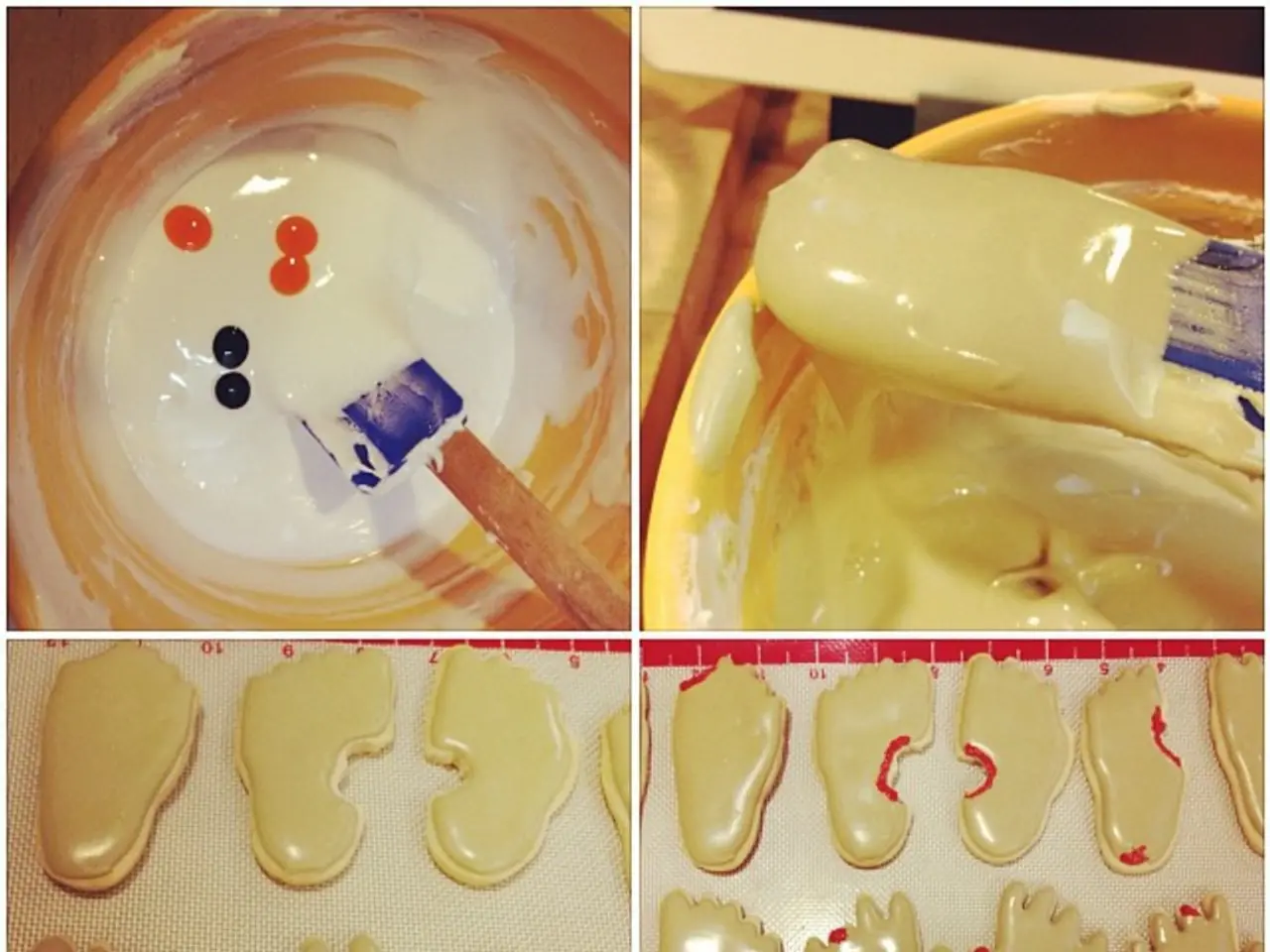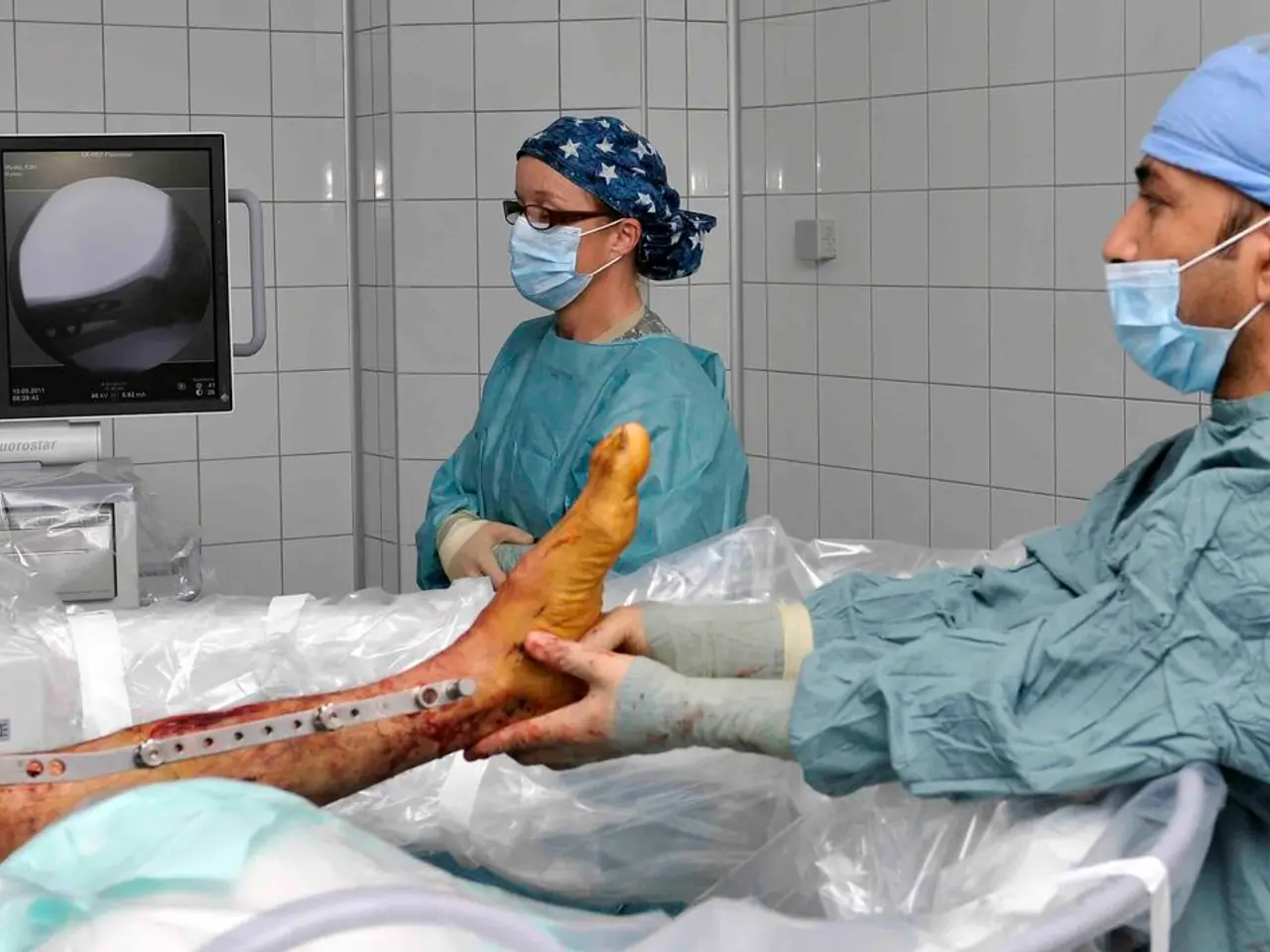Accumold demonstrates innovative, thin-walled cannula technology at MD&M East conference
Advanced Micro Moulding Techniques Revolutionize Medical Device Production
In a groundbreaking development, Accumold, a leading micro moulding specialist, has made significant strides in the production of thin-walled cannulas for the medical industry. This achievement was made possible through a single moulding process, offering wall thicknesses as low as 0.1 mm and supporting volumes of up to 40 million parts per year per cell [1].
Brett Saddoris, Technical Sales Manager at Accumold, hailed this as a major step forward for minimally invasive devices, emphasizing the importance of speed, consistency, and reliability in healthcare manufacturing [2].
Accumold's expertise in micro moulding extends over four decades, during which they have honed their skills in producing complex micro components with tolerances down to a few microns [3]. This experience is now being leveraged to create medical-grade components suitable for surgical tools, diagnostic kits, drug delivery systems, and more [4].
The benefits of advanced micro moulding techniques are manifold. They accelerate prototyping and development, enabling the creation of highly accurate, functional prototypes that can be tested and iterated quickly [1]. New micro injection molding systems, such as Westfall’s MHS M3, ensure precision and material integrity by reducing internal stresses and shrinkage while improving molecular alignment [2][3].
Micro-feature replication is another key advantage, with machines now capable of moulding parts with flawless detail, even for bone screws or microfluidic components [3][4]. Integrated quality control and cleanroom compliance are also crucial, with modern micro moulding cells incorporating inline optical inspection, robotic handling, and cleanroom-ready designs to comply with medical manufacturing standards [2].
Scalability and versatility are additional strengths, with these systems able to handle multi-cavity molds and two-component or dual-part molding within a single cycle [2].
These innovations offer numerous benefits for medical devices. They enable smaller, lighter, and more sophisticated components that improve device function and patient comfort. They enhance durability and consistency, critical for patient safety in long-term implantable or wearable devices. They also speed innovation cycles and reduce costs by allowing earlier and more accurate evaluation of material and design choices [5].
Accumold will showcase its latest innovations in micro moulding for medical devices at MD&M East 2025 in New York City from 20-22 May. Attendees can visit Booth 551 to meet the technical team and discuss how micro moulding for medical devices can accelerate development and reduce time to market [6].
For those interested in learning more about the complexities of micro moulding for medical devices, the articles "Navigating the complexities of micro moulding for medical devices" and "A lesson in injection moulding of thin wall cannulas" are recommended reads [7][8].
References:
[1] Advanced Micro Moulding Techniques for Medical Devices. (n.d.). Retrieved from https://www.accumold.com/blog/advanced-micro-molding-techniques-for-medical-devices/
[2] Westfall Technik Introduces MHS M3, a Revolutionary Micro Injection Molding System. (2021, September 14). Retrieved from https://www.westfalltech.com/westfall-technik-introduces-mhs-m3-a-revolutionary-micro-injection-molding-system/
[3] Micro Molding for Medical Devices: Challenges and Opportunities. (2020, April 21). Retrieved from https://www.medicaldesignandoutsource.com/content/micro-molding-medical-devices-challenges-and-opportunities
[4] Micro Molding: Achieving Sub-micron Tolerances for Medical Devices. (2019, September 25). Retrieved from https://www.plastics-today.com/blogs/micro-molding-achieving-sub-micron-tolerances-for-medical-devices
[5] The Role of Micromoulding in Wearable Diabetes Devices. (2021, February 16). Retrieved from https://www.medicaldesignandoutsource.com/content/the-role-of-micromoulding-in-wearable-diabetes-devices
[6] Accumold to Showcase Latest Innovations in Micro Molding for Medical Devices at MD&M East 2025. (2023, February 14). Retrieved from https://www.accumold.com/news/accumold-to-showcase-latest-innovations-in-micro-molding-for-medical-devices-at-mdm-east-2025/
[7] Navigating the Complexities of Micro Moulding for Medical Devices. (2021, March 3). Retrieved from https://www.medicaldesignandoutsource.com/content/navigating-the-complexities-of-micro-molding-for-medical-devices
[8] A Lesson in Injection Moulding of Thin Wall Cannulas. (2020, December 15). Retrieved from https://www.medicalplasticsnews.com/content/lesson-injection-moulding-thin-wall-cannulas
- The innovations in micro moulding for medical devices have revolutionized the healthcare manufacturing industry, leveraging science and technology to produce medical-grade components, such as surgical tools, diagnostic kits, and drug delivery systems.
- These advanced techniques in micro moulding improve health-and-wellness by offering medical devices that are smaller, lighter, and more sophisticated, leading to improved device function, patient comfort, and enhanced durability, especially for long-term implantable or wearable devices.
- In the field of medical plastics, these cutting-edge moulding techniques accelerate prototyping and development, enabling medical professionals and researchers to quickly test and iterate designs, thus facilitating the rapid advancement of science and medical-conditions treatments.




